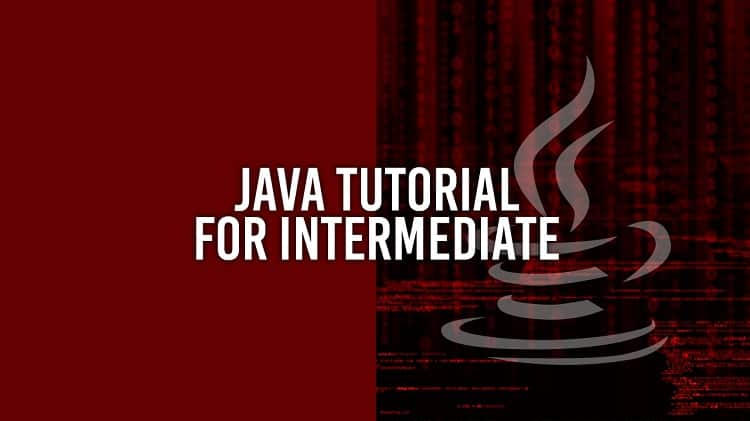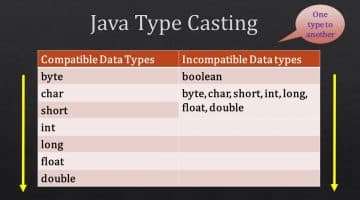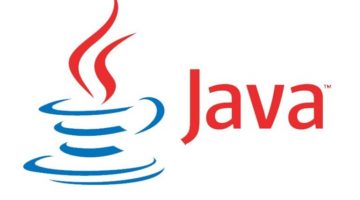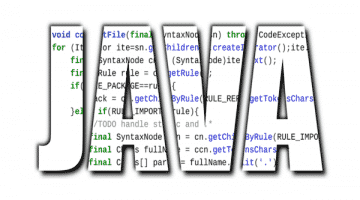Sun Microsystem developed Java programming language in 1995. It is the high-level programming language which runs on a variety of platforms. Java is a widely used robust technology. The following article on Java tutorial completely guides you about Java programming language. You can hire freelancers who have knowledge and experience in Java programming language.
Java is the object-oriented programming language which has own runtime environment and API so that you can easily run Java program on any platform.
Java is the object-oriented programming language so you should know the basic terms of the Java programming language. Such as class, object, methods, and instance variables.
Object: The state of the behaviour is known as Object or object is an instance of a class.
Class: Class is the collection of object, and it also describes the behaviour of an object.
Methods: A class contains many methods which can be used to write logic of a program.
Instance variable: Each object has a unique set of the instance variable, and by assigning the value to the instance variable object is created.
Simple Java Program
class Simple{
public static void main(String args[]){
System.out.println(“Hello Java”);
}
}
Variables in Java
The reserved memory location to store the value is known as a variable. At the time of variable creation, the memory reserves the space for the variable. According to the data type operating system reserved memory for variables. Following are the list of a data type.
Byte:
The default value of byte data type is 0, and it is the data type which assigns 8-bit two’s complement integer. The minimum value of this variable is 128. This data type also stores the large array, and it is four-time smaller than an integer.
Short:
The short data type is the 16 bit signed 2’s complement number. Its default value is 0, and a minimum value is -32768. A short data type is two times smaller than integer data type.
int:
Int data type is the 32 bit 2’s complement integer. Its default value is 0, and a minimum value is -2147486648. Without any consideration of memory generally, many programmers use int as default data type.
Long:
Long is the 2’s complement 64 bit signed integer. It’s default value is 0, and a minimum value is -9223372036854.
Float:
It is the single precision 32 bit IEEE 754 floating point. Its default value is 0.0F, and it is used to save memory in a large array of floating point numbers.
Double:
It is the double precision 64 bit IEEE 754 floating point. Its default value is 754 floating point. For decimal value generally this data type is used.
Boolean:
The 1 bit of information representation is known as a Boolean data type. This data type represents only two value that is true and false, and its default value is false.
Char:
Char is the single bit 16-bit Unicode character. It is used to store any character, and its minimum value is ‘\u0000.’
Following is the Object Oriented Concept in Java
Inheritance:
Inheritance is the concept where one class acquire the properties of another class. Through inheritance concept, you can easily manage code. The superclass is the class whose properties are inherited, and subclass is the class which inherits the properties of other class. For inheriting the properties of other class extend is the keyword used in inheritance concept.
The syntax for inheritance:
class Super{
——-
——
}
Class Sub extends Super{
—–
—–
}
Overriding:
Overriding is the ability to define a behavior which is specific to the subclass types. According to the requirement, the subclass implements the parent class methods. You can hire freelancers who know Java Programming language.
Polymorphism:
Polymorphism is one of the important concepts of object-oriented programming. This concept is very useful when parent class used to refer to a child class object.
public interface twowheeler
Public class Vehicle{}
Public class Passion extends Vehicle implements twowheeler
Abstraction:
It is the quality of dealing with ideas instead of events. A class which uses an abstract keyword in its declaration is known as abstract class.
Encapsulation:
Wrapping of the data and code in a single unit is known as encapsulation. In the concept of encapsulation, the variable of a class hides from other classes. To achieve encapsulation in Java declare a variable of a class as private and to modify and view the value provide public setter and getter methods. It becomes easy to find freelance jobs online in this sector.
Interface:
Interface and class both are the similar concepts only difference is that class describes the attributes and behavior of an object whereas an interface is a concept which contains behavior that class implements. The bytecode of an interface appears in a .class file. The interface written in a file saves as a .java extension with the name of the interface same as a name of the file.
/* File name : NameOfInterface.java */
import java.lang.*;
// Any number of import statements
public interface NameOfInterface {
// Any number of final, static fields
// Any number of abstract method declarations\
}
Summary:
This article is about the Java tutorial. In this article, you find the basic concept of Java programming language which will be very useful to you while performing the programming in Java.




